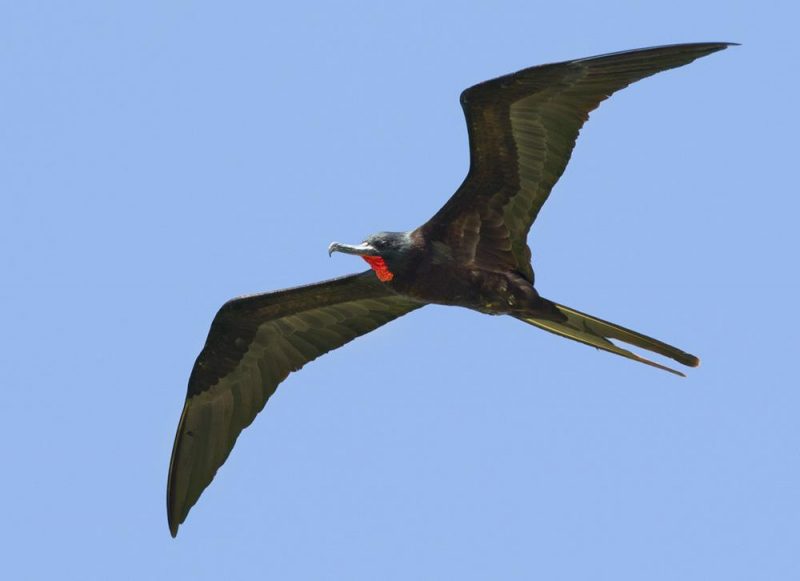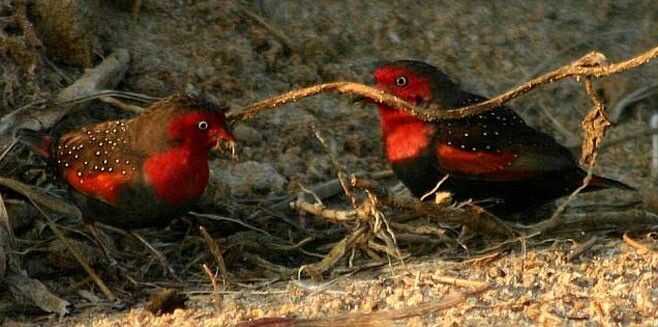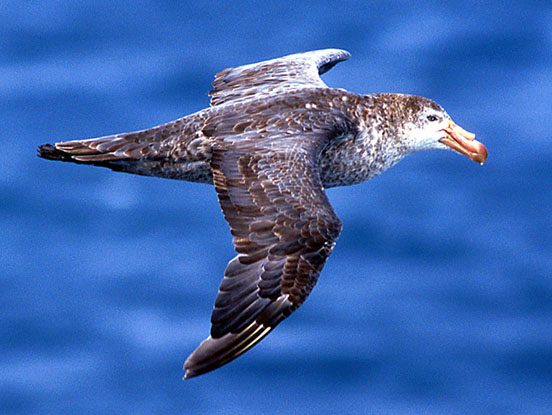Kenyan Hawks Cranes Jaegers
Today Kenya has lost many birds at the species level as part of the evolutionary process. Some migrate, but others just go extinct due to various external threats. They belong to the category of Hawks, Cranes, Jaegers, and Frigatebirds.
Hawks
Aptly described as birds of prey, Hawks belong to the family of Accipitridae and have robust legs, powerful talons, keen eyesight, and sharp hooked beaks for tearing the flesh apart. They include the Levant Sparrowhawk, the Eurasian sparrowhawk, and the Short-toed snake-eagle.
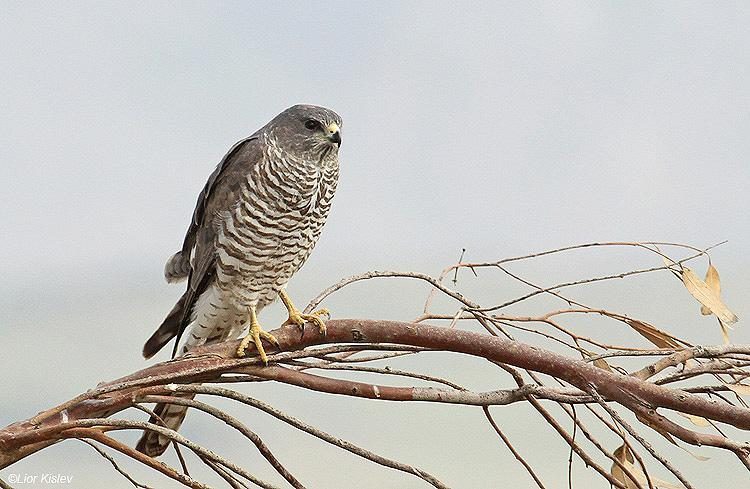
Kenyan Hawks Cranes Jaegers Source: HBW
Levant sparrowhawk
The males of the Levant sparrowhawk are particularly striking. They have blue faces and red eyes. The juveniles have distinctive lines of black spots down below. But the males in the flock are pale below with contrastingly dark wingtips. In flight, the gregarious behavior of these birds is usually enough to identify them. Lone birds are distinguished by their shapes since their wings are long and pointed. These hawks fly over extensively managed agricultural land. This sparrow-hawk becomes sexually mature as early as its first year. They have been found to be breeding with traces of immature plumage. Their nests are in trees along river valleys. The nests are usually small loose structures of sticks, with the cup lined with leaves. They build new nests every year. Levant sparrowhawks that almost look like Falcons are rare migrants.
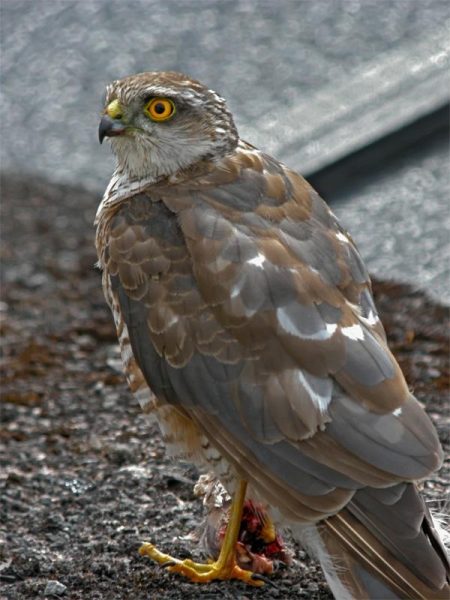
A rarity Source: HBW
Eurasian sparrowhawk
A peculiarity of Eurasian sparrowhawk is the most prominent age difference in any bird species between the sexes. And the male is 25% smaller. Eurasian sparrowhawks are predators who specialize in catching woodland and garden birds in any habitat including urban areas such as towns and cities. Landowners and gamekeepers conflict with these birds because of its behaviour of feeding on birds. In Kenya, Eurasian sparrowhawks are a rare visitor in the open woodland or countryside. Richard Francis Burton mentions the Eurasian Sparrowhawk in his famous book One Thousand and One Arabian Nights.
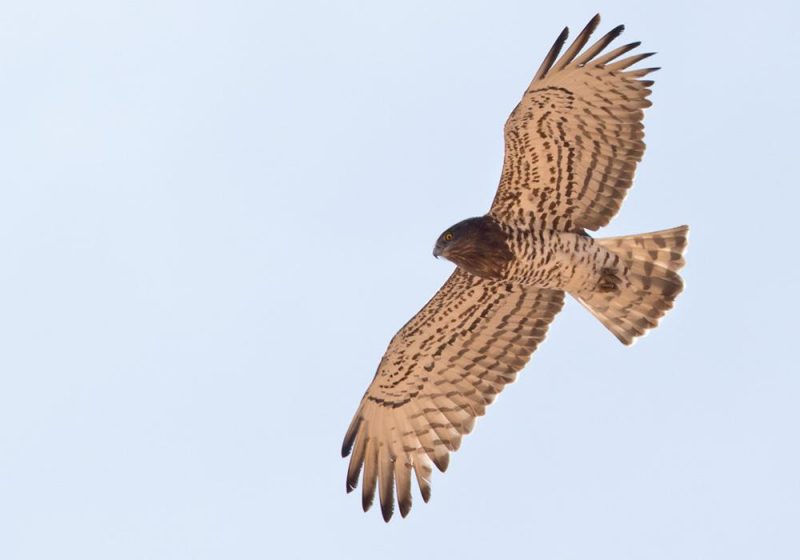
Short toed snake eagle Source: HBW
Short-Toed Snake-Eagle
Looking from above Short-toed snake-eagle seems brown but down under, its belly and breast are white. They are known to live in the wild for up to 17 years. As the name would suggest, a large part of their diet consists of snakes, both non-poisonous and venomous. In some areas, snake constitutes 100% of their food. They eat the snakes in its entirety. Even three weeks old chicks are capable of swallowing snakes of up to 90 mm long. These birds hunt in flight or from a perch. They also follow grassland fires for the animals who did not escape. Kenyan reports of their findings are unsubstantiated.
Cranes
The most elegant features of cranes are their long legs and necks. Unlike herons, they fly with their beautiful necks outstretched. Among the group of cranes are the Demoiselle crane and the Common crane.
Demoiselle Crane
Found primarily in open spaces, Demoiselle cranes live in savannas, grasslands, steppes, high plateaus and upland areas. Solitude and space are essential for the maintenance of these cranes. They are usually less than a hundred meters away from rivers because they need the water to survive. Demoiselle cranes have streamlined bodies and long rounded wings. Their heads have feathers with a white line extending from the back of the head to the corner of the eye. The toes are shorter as the bills can forage for food efficiently in upland areas. There are photographs preserved of eight adults and a juvenile taken near Malindi in 1986.
Common Crane
The nest of a Common crane is usually situated in the dry open land because it is easier to notice any danger. Moreover, it keeps the young warmer. This crane is not an experienced builder and consists of just a small cavity in the land. After laying the eggs, the female hatches them for a month. It takes half a year for the hatchling to get as big as the adult. The cranes come to fields during the period of sowing, and it never lands in trees.
Jaegers
Typically considered as long-distance migrant birds, jaegers are medium to large birds, often with light markings on the wings. The ones in Kenya are the Parasitic jaeger and the Long-tailed jaeger.
Parasitic Jaeger
Medium-sized of the three jaegers, the Parasitic jaeger is quite a keen kleptoparasite. It often focuses on terns and gulls when stealing food. Hence, it is most likely to be seen in coastal areas and closer to shores. To witness this Jaeger chasing its victim is to see an exciting and exhilarating acrobatic. The parasitic is slim enough to be incredibly maneuverable and big enough to look formidable. Hands down, this bird is the king of the chase.
Long-Tailed Jaeger
Breeding Long-tailed Jaegers are found both farther inland and near the coast. The pairs advertise and defend their territories with a variety of aerial combats. At other times, they are highly pelagic, spending time in areas with schools of fish and commercial fishing vessels. They often migrate singly over the open ocean. They are the most graceful and agile as well as the least aggressive of the jaegers.
Frigatebirds
People have seen frigatebirds in Kenya’s coastal town of Mombasa. These birds usually live in tropical oceans. Among them are the Lesser frigatebird and the Great frigatebird.
Lesser Frigatebird
The axillaries are the distinguishing feature in all ages of the Lesser frigatebird but can be hard to notice accurately in the sea or from a distance. There are numerous stages to full adult plumage. It is an extremely vagrant bird in Kenya with the last official recorded sighting documented in Watamu in January 1980 and Malindi in 1994. Although unidentified frigatebirds live in Kenyan waters, no evidence supports a published report.
Great Frigatebird
Being high fliers, Great frigatebird spends most of the time flying, rarely flapping their wings. Their plumages lack waterproofing, and they do not have webbed feet. Hence, they cannot dive for food in the water, but pick their prey from the surface of the water or attack other birds and make them give up their prey. They build twiggy nests on mangrove tops. The males use an inflated red throat pouch to attract females. Outside the breeding season, this sac is usually invisible. Young chicks are dependent on the parents for a year. So, they can only breed every few years. Every year during August, most of the unidentified frigatebirds seen at sea off the Kenyan coast probably are this species. A few records of sights exist including a skull from Kiunga and a specimen from the Tana River.
Thanks to the recent attempts made to photograph and preserve the findings of the remains of the birds, people interested in the study of birds have been able to peruse the documented records. Such publications are scarce just as the birds are, however, they are readily accessible in the public domain.
5 Frequently Asked Questions About The Extinct Birds Of Kenya
To receive a colourful digibook about birds with videos, images and text, please fill out the following form or simply email us on safaris@safari-center.com

